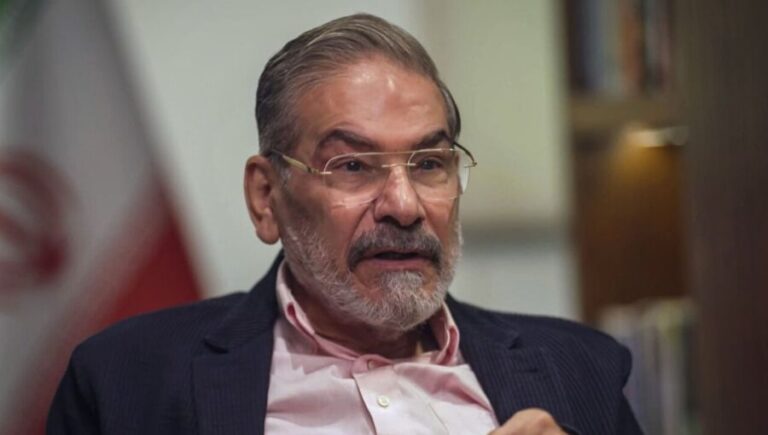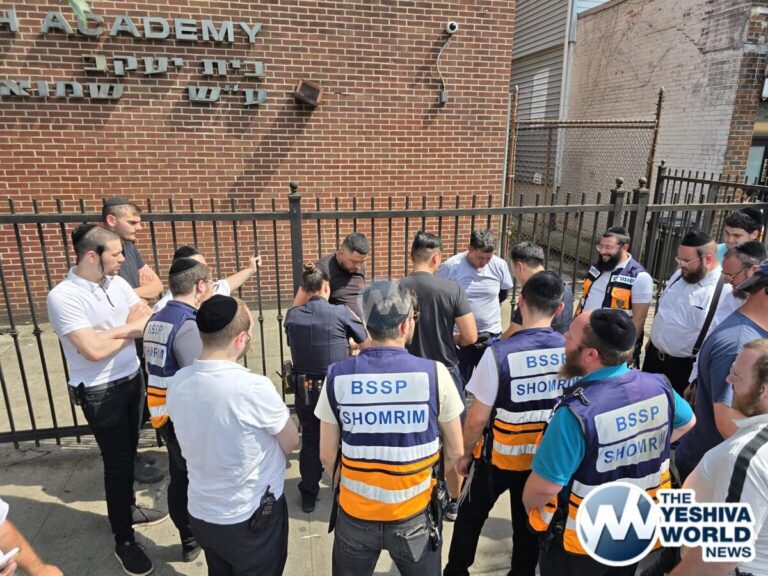 By Rabbi Yair Hoffman for the Five Towns Jewish Times
By Rabbi Yair Hoffman for the Five Towns Jewish Times
Rebbitzen Pesha Leibowitz a”h, Rav Naftoli Trop’s granddaughter, used to say, “Radin! One street long – and look what it accomplished!”
We can now add one more accomplishment, with this remarkable new Hagaddah of the Chofetz Chaim – by the veritable master of the Hagaddah, Rabbi Shalom Meir Wallach. Rav Wallach has put out remarkably high quality hagaddos almost every year for quite some time.
The new Chofetz Chaim Hagaddah is part of a new genre of Hagaddos, of course. We can call them the adapted Haggados – wherein the editor, compiler, or adapter takes the writings of a great Rav, or a Gadol or Gedolim, or a Gadol HaDor and adapts them into a commentary on the Hagaddah.
Rav Shalom Meir Wallach did a masterful job, and it has been translated wonderfully into English by Mrs. S. Brand. It is also beautifully typeset and is distributed by Israel Bookshop. It was published originally in Beitar Illit, by an organization called Tvutzah Publications.
The Chofetz Chaim’s writings are particularly suited for a hagaddah because he was fond of the use of moshol to explain points to the “regular yid.” Also, there is an abundance of material that the Chofetz Chaim has written that, unfortunately, has not yet been brought out of obscurity. This Hagaddah will help remedy that situation.
The material that the author used is very relevant and it makes for a very inspiring, readable, and exciting hagaddah. One gets the feeling that one is actually with the Chofetz Chaim. The mosholim often involve the hapless or foolish wagon-drivers and farmers that the Chofetz Chaim was ought to employ when making a point, and the author has rendered these mosholim quite well – making them germane without changing their nature. Also, the original appearance of the moshol or interpretation is always at the end of the piece and are accurate.
The Hagaddah is filled with biographical information and stories. We read how the Chofetz Chaim encouraged the people of Smilowitz during World War I to give kimcha d’pischa anyway – despite their anxieties about the future. We read about the rare time that he shouted in a drasha when he spoke about how the evil communists banished Rav yechezkel Abramsky zt”l to Siberia (page 170).
At the very beginning we have the Chofetz Chaim’s own practices for Pesach. My Rebbe, Rav Henoch Leibowitz zt”l, considered his father and the Chofetz Chaim as his primary Rebbeim. So I found these practices particularly interesting, and many of them novel.
The haggadah tells us that the Chofetz Chaim didn’t sell real chametz to a non-Jew on erev Pesach, as many do. He gave it away or declared it hefker, ownerless. This was novel to me, as my understanding was that the Chofetz Chaim’s family did sell Chometz.
We are also informed that the Chofetz Chaim would, in fact, sell his chametzdika dishes, which brings up the issue of Tevilas kailim after the sale. The practice of selling dishes has not been embraced by litvish Poskim.
During matzah baking, he poured the mayim shelanu water into the flour himself, since this is the beginning of the process of kneading the dough and it must be done l’shem mitzvah, only for the sake of the mitzvah.
He instructed everyone who was involved in baking his matzos that they should come to him and say, when they were ready to begin the work, “Everything that I will do during the course of the day is ‘l’shem matzos mitzvah’ — for the sake of the mitzvah of baking matzos!” What is interesting is that he made them declare it in front of him.
It also came as a surprise to this reviewer that the Chafetz Chaim didn’t eat gebrochts on Pesach, as his family did.
Generally speaking, writing an “adaptive Hagaddah” is a difficult endeavor for a number of reasons. To do the best job that one can, one must review the entire oeuvre of the author’s available writings – and even then search out the unavailable or unknown as well. Since the work did not originally appear as a commentary on the Hagaddah one must know which sections of it will have sparse content to work with, and adapt the material in such a way as to make it evenly distributed. The task requires great “boiling down” skills wherein a difficult thought must be concisely stated without losing the essence of the thought. Rabbi Wallach did an exceptional job in all of these.
This Hagaddah is a wonderful addition to the Pesach table. It brings out the inner points of the hagaddah beautifully with many mosholim – those of the Chofetz Chaim himself. The biographical stories show that much work and effort were put into this publication. This work will certainly be highly appreciated by readers.
The reviewer can be reached at [email protected].










